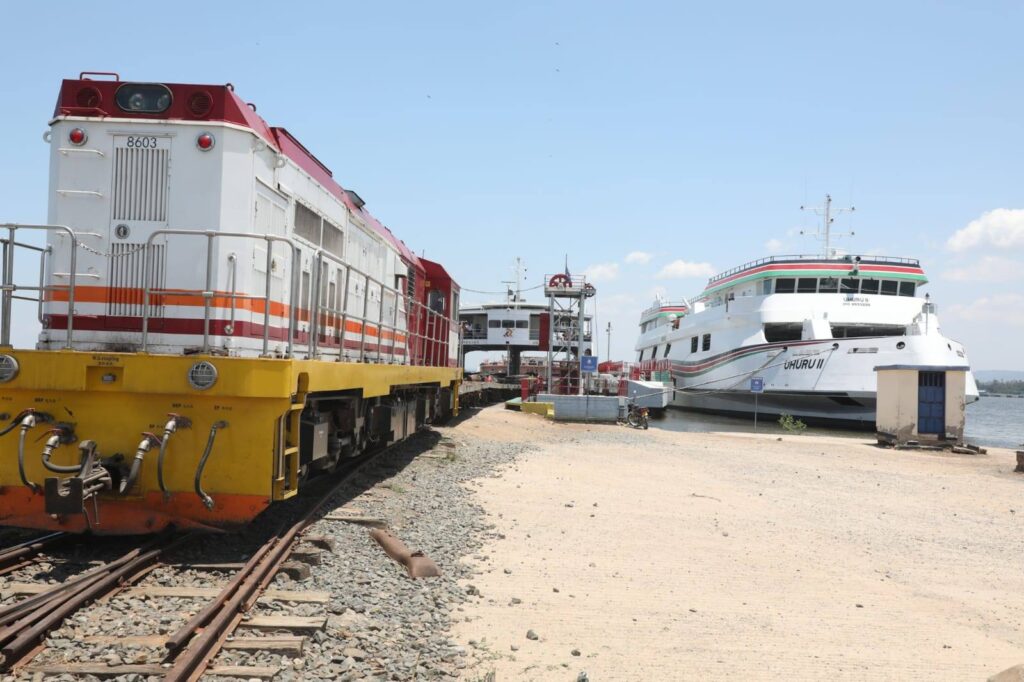Kenya’s revitalisation of Kisumu Port and deployment of MV Uhuru I and II vessels on Lake Victoria have transformed regional trade and reignited East Africa’s blue economy. These vessels are not only linking Kenya, Uganda, and Tanzania more efficiently, but also reducing transport costs and boosting economic activity across borders.
MV Uhuru I, built in 1965, was restored in 2019 by the Kenya Railways and Navy after years of dormancy. With a capacity of 1,180 metric tonnes or 22 rail wagons, it has since played a key role in transporting petroleum products to Uganda. The newly built MV Uhuru II, commissioned in October 2023, represents a milestone in Kenya’s shipbuilding capabilities. Constructed locally by Kenya Shipyards Limited, the 100-metre-long vessel can carry between 1,063 and 1,800 metric tonnes and cruises at 14 knots, reaching Uganda or Tanzania in just 10 hours.
The vessels primarily ferry petroleum, cereals, fertilisers, cement, and steel to regional destinations such as Port Bell, Jinja, and Mwanza. Currently, they complete up to three trips a week, each taking about a day and a half. Fuel remains the main export, accounting for 58% of shipments, followed by ceramic tiles (23%), steel products (13%) and fertilisers (6%).
Central to this maritime success is the modernisation of Kisumu Port. Since 2019, the port has undergone extensive upgrades, including improved berths, security fencing, and integration with the Kisumu-Nairobi Meter Gauge Railway. Cargo volumes more than doubled in a year, from 116,578 metric tonnes in 2023 to 280,381 metric tonnes in 2024.
Seven vessels, including MV Uhuru I & II, MT Elgon and MT Kabaka Mutebi III, now regularly call at the port, making Kisumu a key regional logistics hub. Kenya Railways Managing Director Philip Mainga confirmed expanding routes to Bukoba, Tanzania, to meet growing demand.
By integrating road, rail, and lake transport from Mombasa to Kisumu and beyond, Kenya is delivering an efficient multimodal transport corridor vital for landlocked countries like Uganda, Rwanda, and Burundi offering a cheaper, faster alternative to congested highways.

